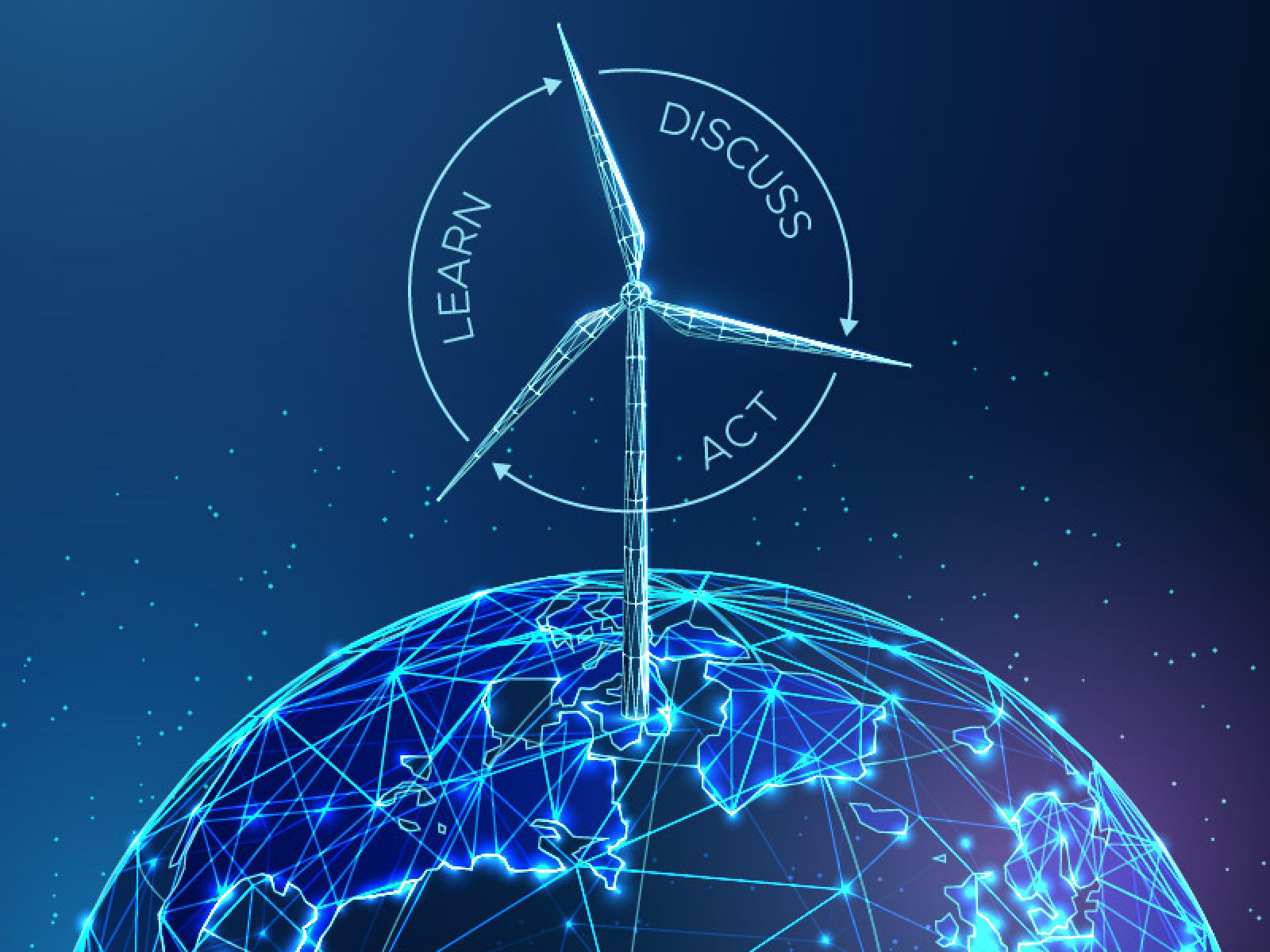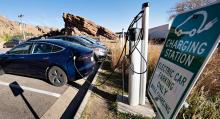2024 Distributed Wind Energy Summit
This collaborative event was designed for participants of all backgrounds (from established members of the wind industry, to students interested in clean energy technologies, to members of community-based organizations that support energy transitions, and beyond) to learn, discuss, and take action based on their distributed wind energy goals, interests, and experiences.

Graphic by Kelly Machart | Pacific Northwest National Laboratory

